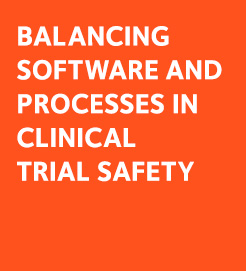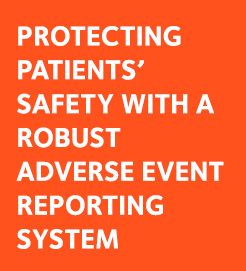Regardless of the Adverse Event reporting system and the Electronic Data Capture software used, Serious Adverse Event data are captured in parallel and recorded in two separate databases. Due to differences in the verification process used, a reconciliation is necessary to ensure full consistency of the data. The process involves several teams and can be tedious unless appropriate tools are used.
Since the first issue of Good Clinical Practices in 1975 and the regulation of clinical trials, the issue of adverse events data reconciliation has been on the table. From the early days of paper-based data collection and the manual data entry in rudimentary databases and Adverse Event reporting systems, concern was raised about potential discrepancies that could affect safety data quality and ultimately new drugs safety assessment. Many changes have occurred since. But the topic remains and so do the involved parties.Clinical operations are responsible for the primary data collection, are in close contact with the investigational sites and are tasked with resolving all data inconsistencies via the query resolution process. Although clinical operations typically do not have access to Adverse Event reporting systems, they are a key player in the data cleanup and reconciliation process.
Data management are the keepers and managers of databases. As the role of software in clinical data management grew, so did their importance in the process of safety data reconciliation. DM verify completeness and consistency of the databases, program edit checks and issue queries for correction and clarification. Ultimately, DM are the ones to give the “green light” for database lock.
Drug safety / pharmacovigilance are the primary owners of safety information, the issuers of periodic safety reports and ultimate creators of any new drug or device safety profile. Drug safety is the centerpiece of the reconciliation process, aligning medical expertise with the ownership of the adverse event reporting system.
Biostatistics are involved very early on with protocol writing and, until the end of the development process, with a key role in the clinical study report and summary documents. Although safety information is usually presented in a tabular format and not subject to a statistical hypothesis like efficacy, it is one of the pillars of the benefit-risk ratio that often determines the successful registration of a new drug. Biostatisticians do not usually access the adverse event reporting system directly but they need to receive clean safety data on a regular basis.
The Adverse Event data reconciliation process remains an important part of the safety information management involving many different players. A flexible, user-friendly software tool is the best way to bring them together around a common process to ensure the highest data quality and completeness.
DOWNLOAD NOW THE FREE SAE RECONCILIATION HANDBOOK
The Manual / Reference Book with all the topics related to the Safety Data Reconciliation Management.







